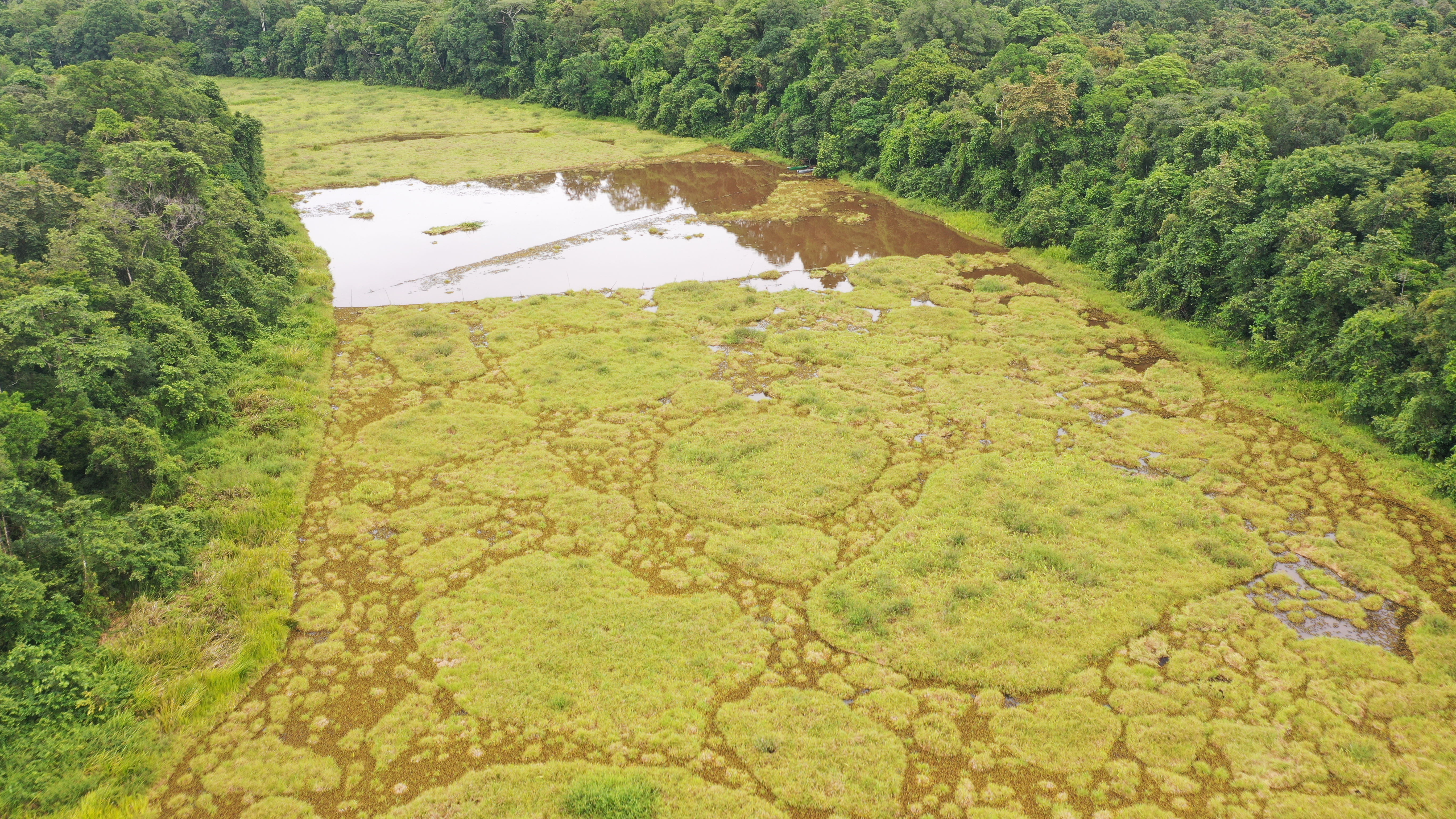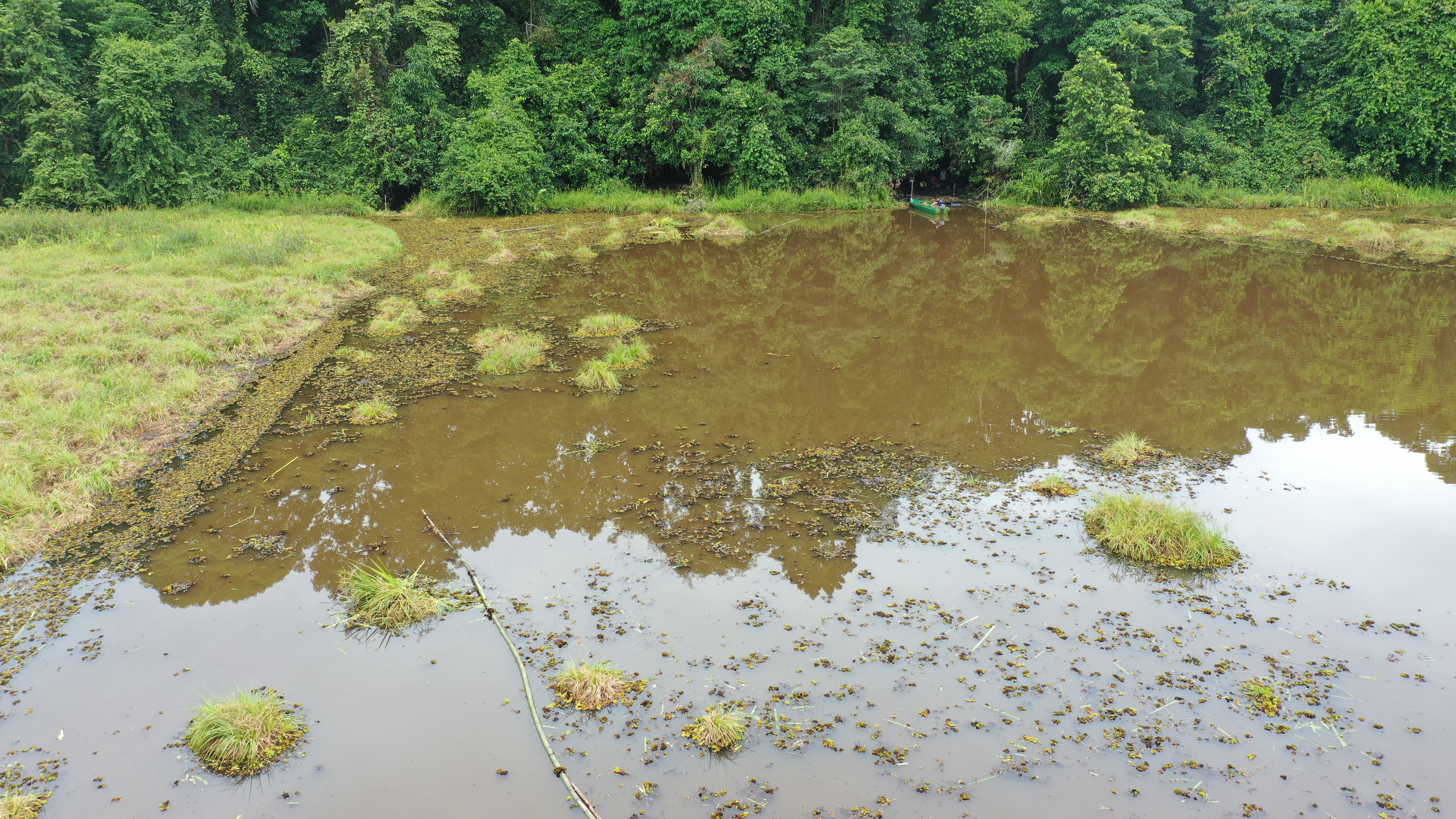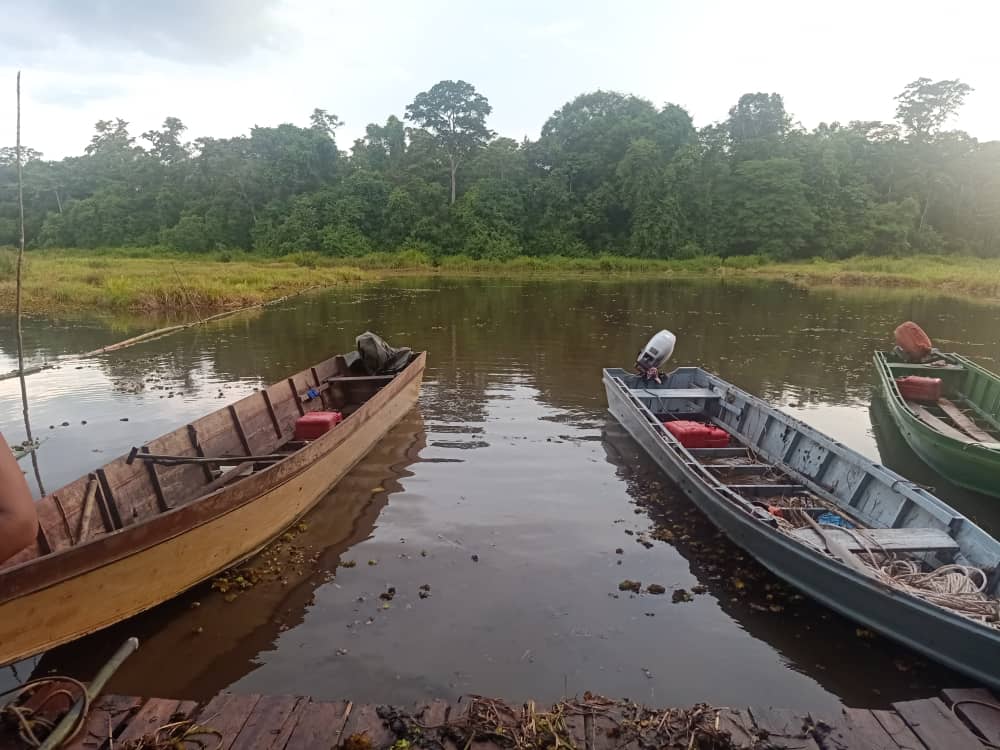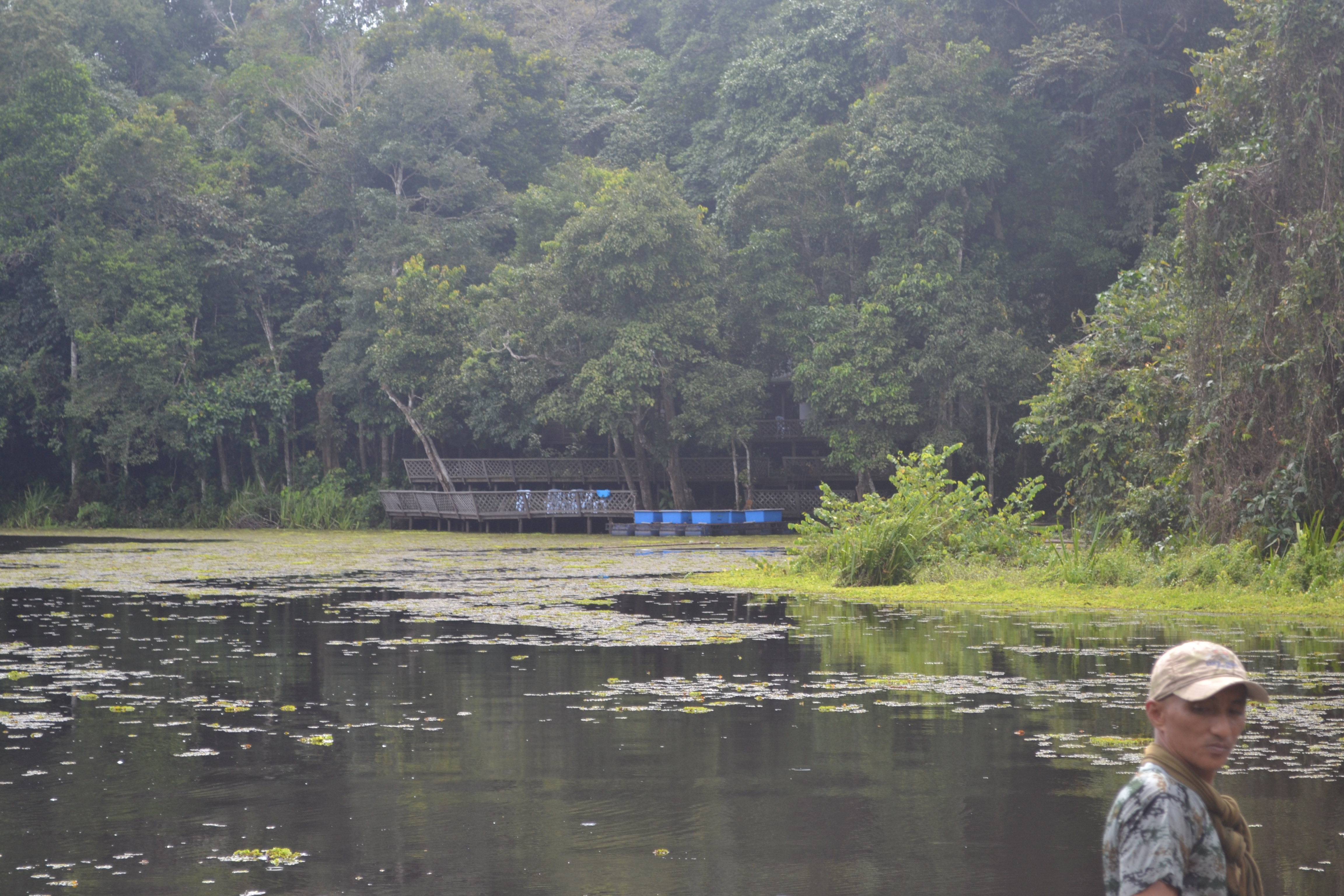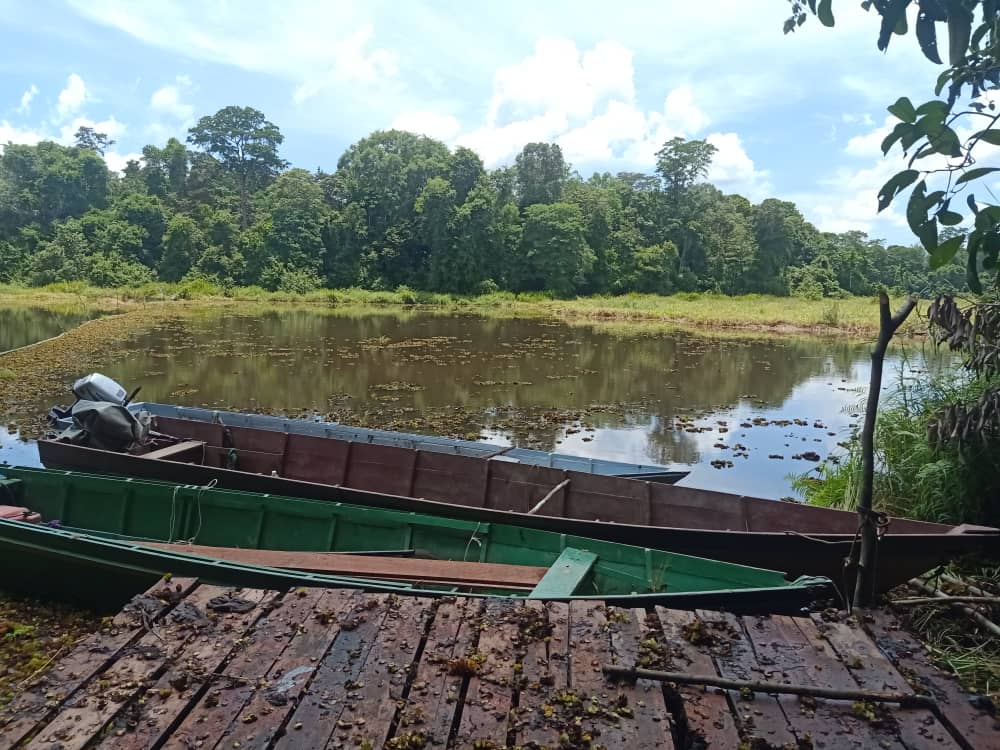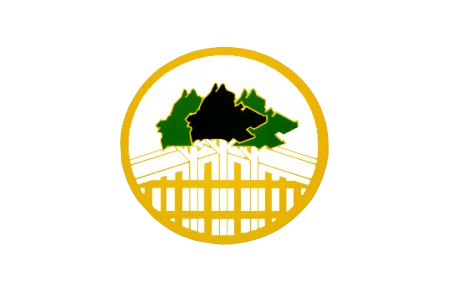ForestRestoration
There is still a long-way to go before concrete answers can be provided regarding the best techniques to use in all the various degraded sites within this reserve. At present there has been little attempt to restore the Peat Swamp Forests on the east coast of Sabah, and there is no experience of this in PSFR. The restoration of degraded forests in Pin Supu Forest Reserve will proceed with caution and will take considerable time to achieve.
The vast majority are fast growing pioneer species, such as Mytrogyna sp, and Nauclea spp, which also double with leaves, flowers and fruit that wildlife eat. The idea behind growing a fast growing species is to establish a new forest canopy and structure as soon as possible to shade out the weed vines. The important closed canopy structure supports the other seed-bearing birds and animals, which aids with the regeneration of a climax forest. Apart from the fast growing pioneer species, the initiative targets specific trees that provide fruit for special wildlife such as orang-utan and hornbills. Wild fruit-bearing rainforest trees planted that are favourites with the orang-utan include Dracontomelon sp, Artocarpus sp, Garcinia sp, Diospyros sp, Canarium sp, and Ficus sp. To date more than 23 species of trees have been trialed and are planted on a large scale within the forest habitat restoration efforts. Tree planting is no easy task. All planting material is propagated in the MESCOT Nursery from seed collected by the MESCOT team in the surrounding rainforest. Trees are nurtured in the nursery from 4-6 months before being transported in the forest sites for planting. Site preparation includes de-vining and weeding the planting sites, sometimes up to three rounds before planting. The young trees are hand-carried in special baskets up to 4km into the planting sites after which they are planted. The trees are maintained monthly for the first 12 months after which maintenance is reduced to 3 monthly intervals.
Pictures of Forest Restoration
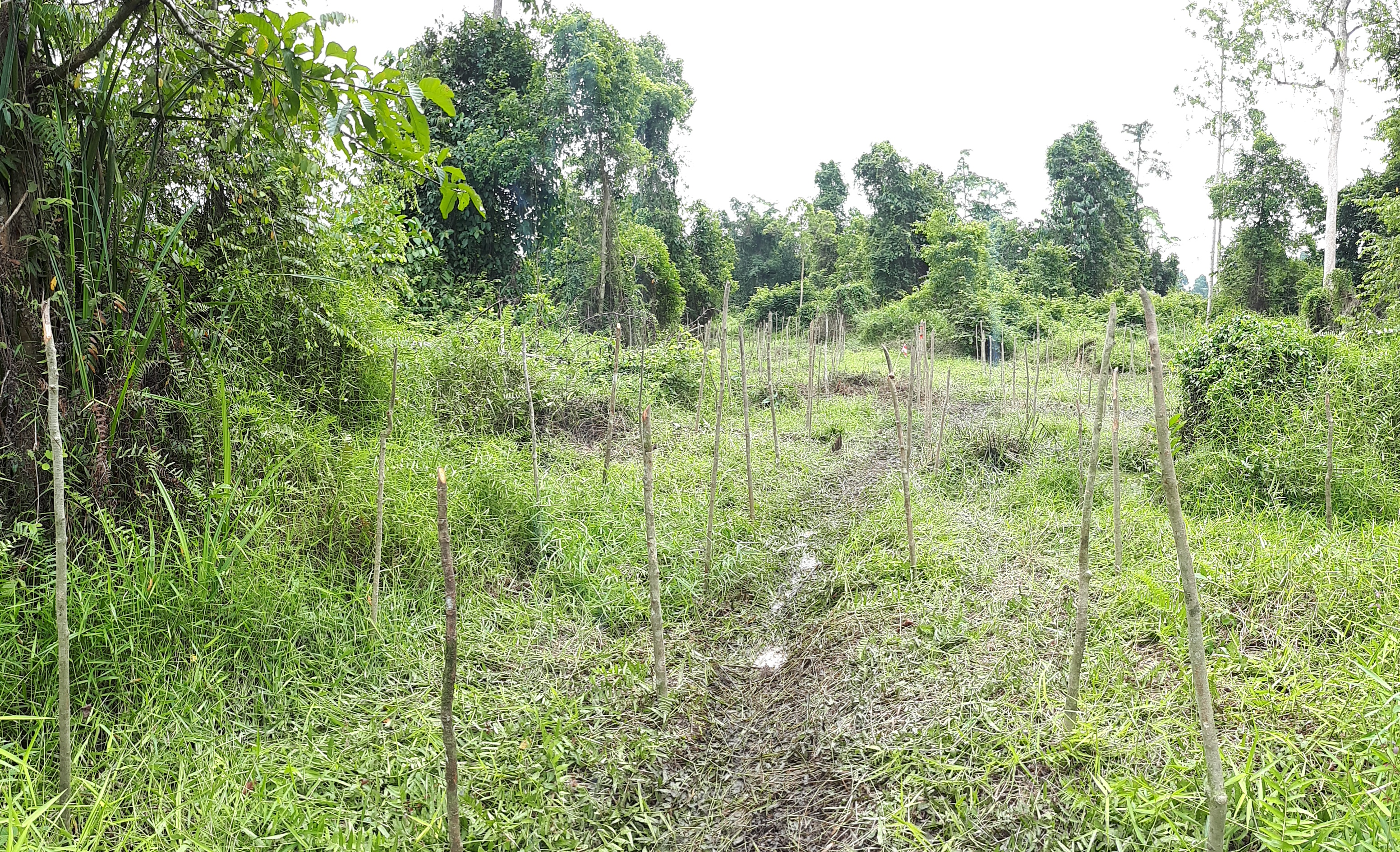
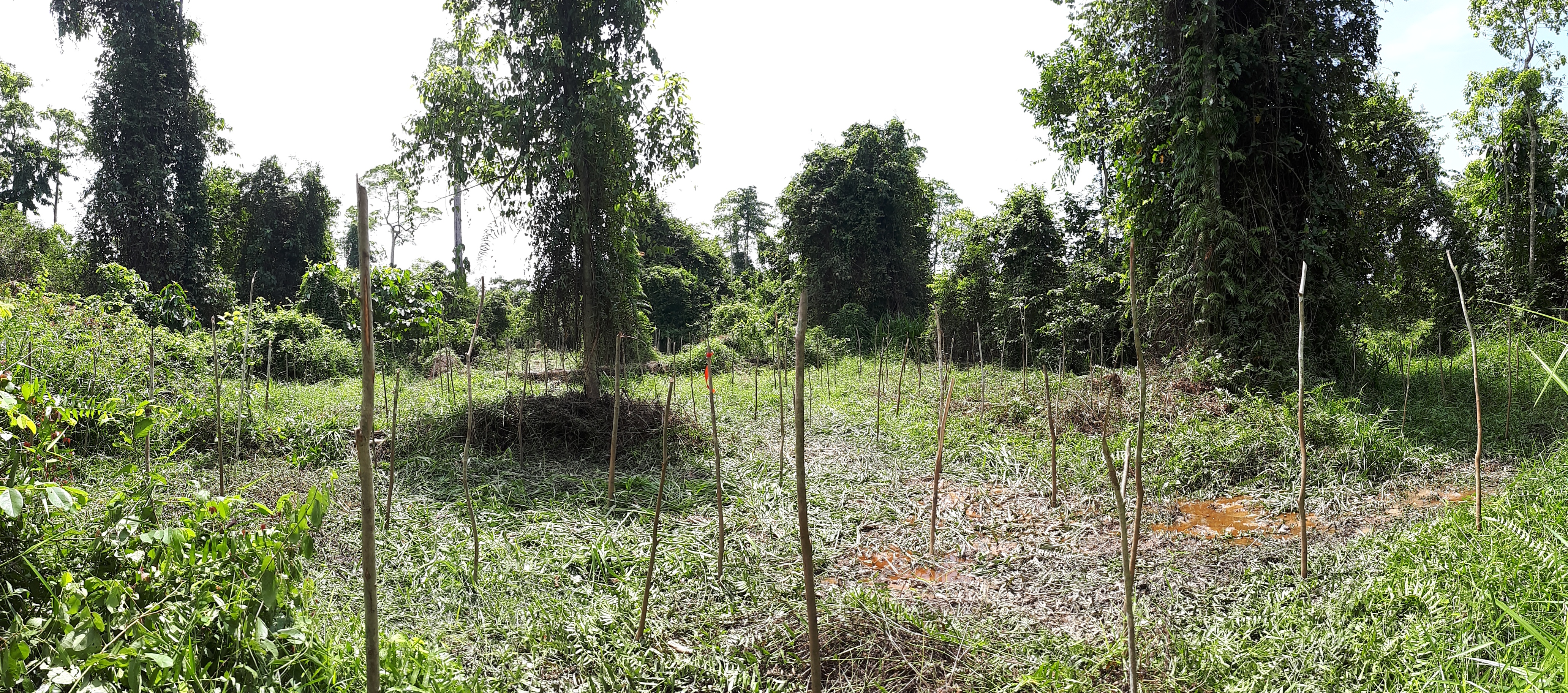
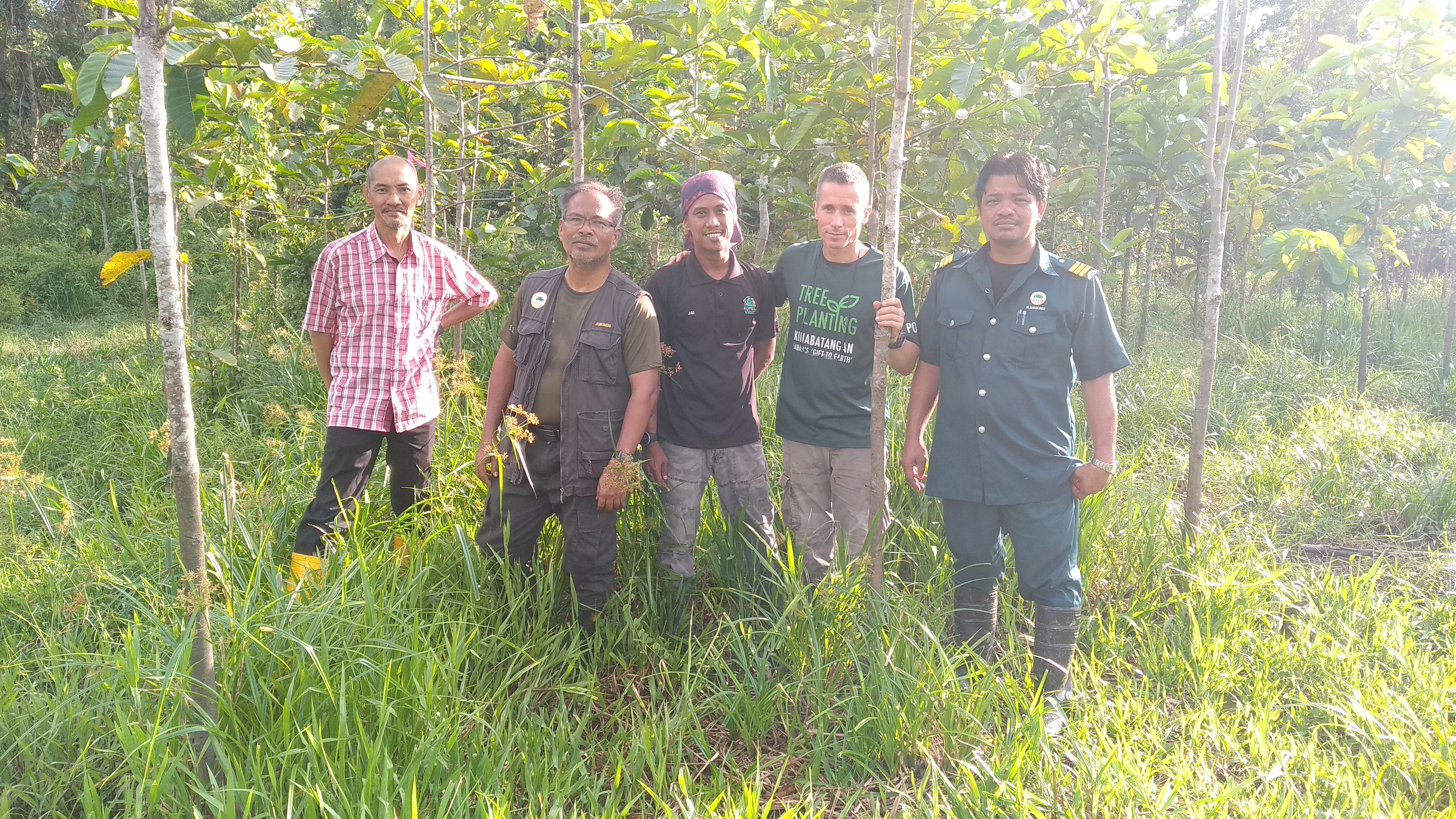
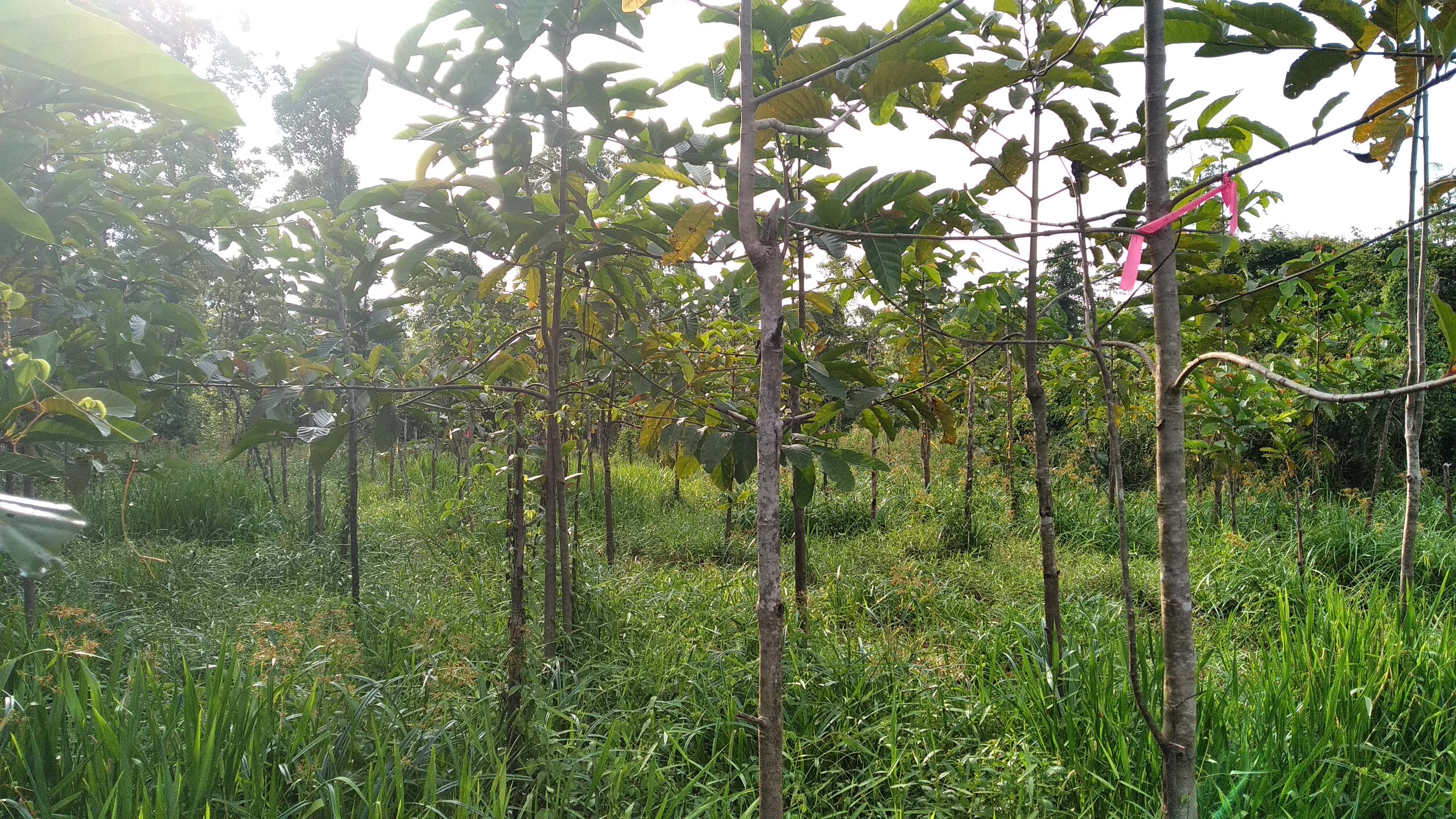
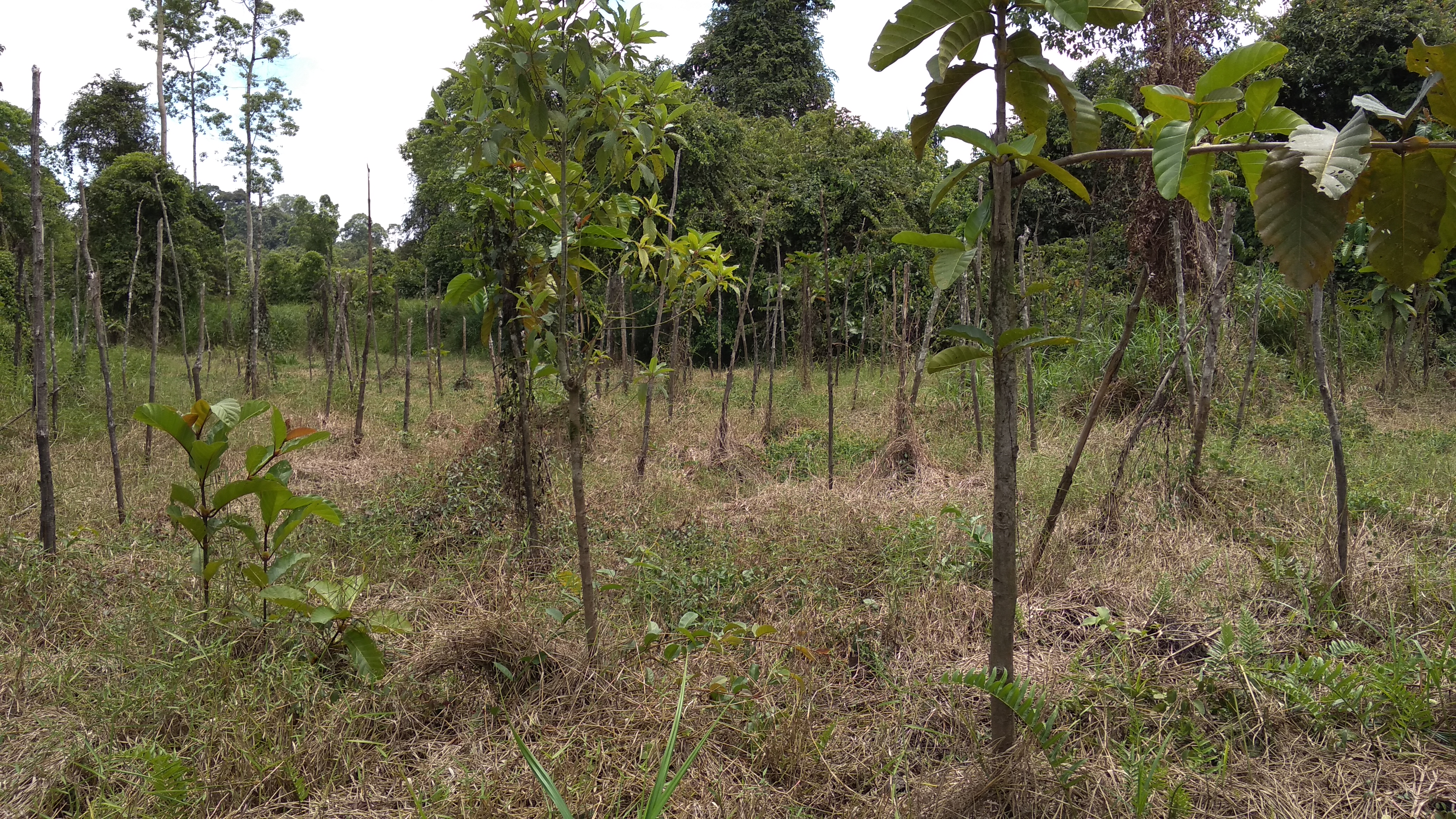
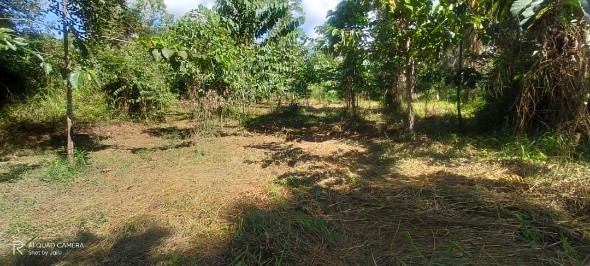
In 2020, the Kinabatangan District Forestry Office offered a contract for 3ha of Danau Tungog Clearing Salvinia molesta And Lake Rehabilitation Work In Pin Supu Forest Reserve, Kinabatangan and was successfully implemented.
In parallel, and through the support of volunteers and ecotourists, KOPEL continues to employ the manual and semi mechanical methods to keep the weeds from completely covering the lake. Now more than two years after release of the biological control there has been some noticeable impact on the Salvinia. In parallel, the KOPEL team has also removed more than 50% of the weed through physical labour. Unfortunately, there is still a long way to go, and KOPEL welcomes all forms of support, most notably those ecotourists willing to volunteer and help this initiative achieve its goal to rid the lake of the invasive water weed Salvinia.
Pictures of Lake Restoration

